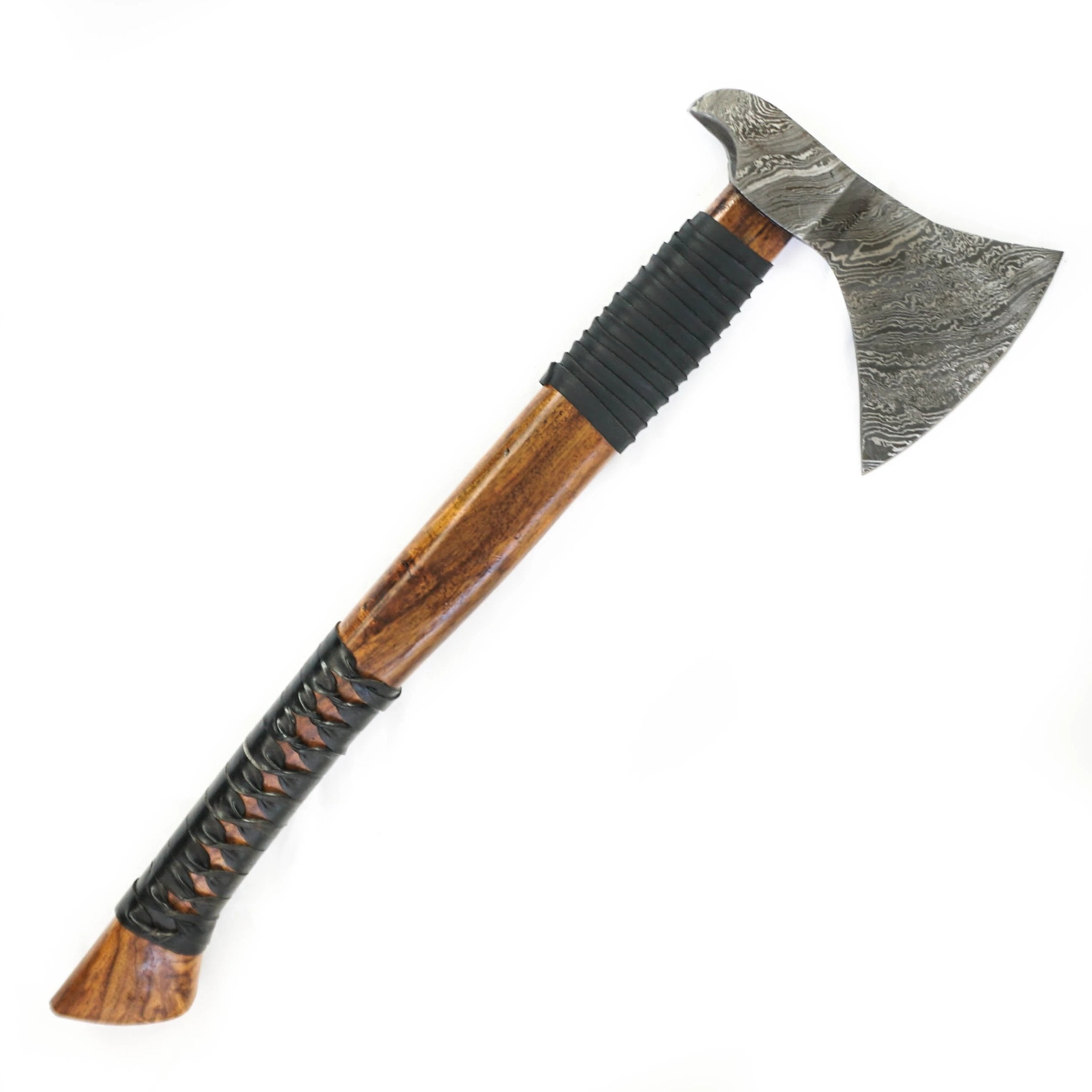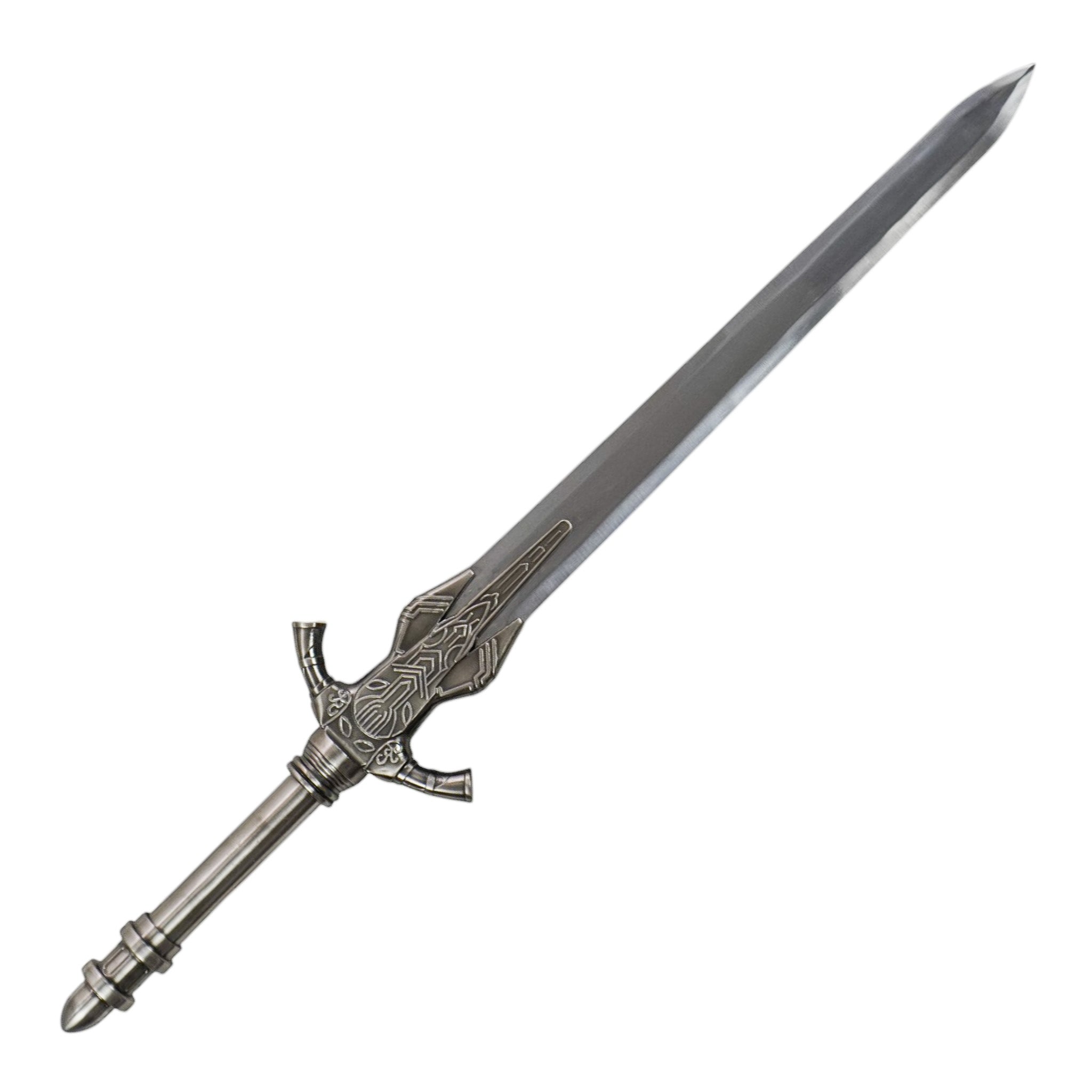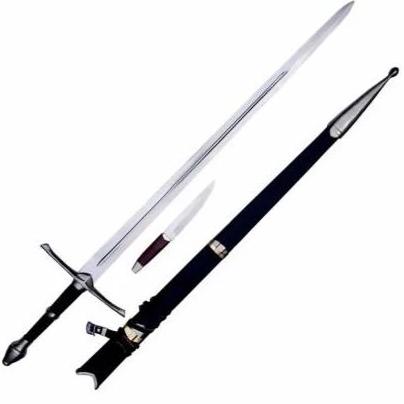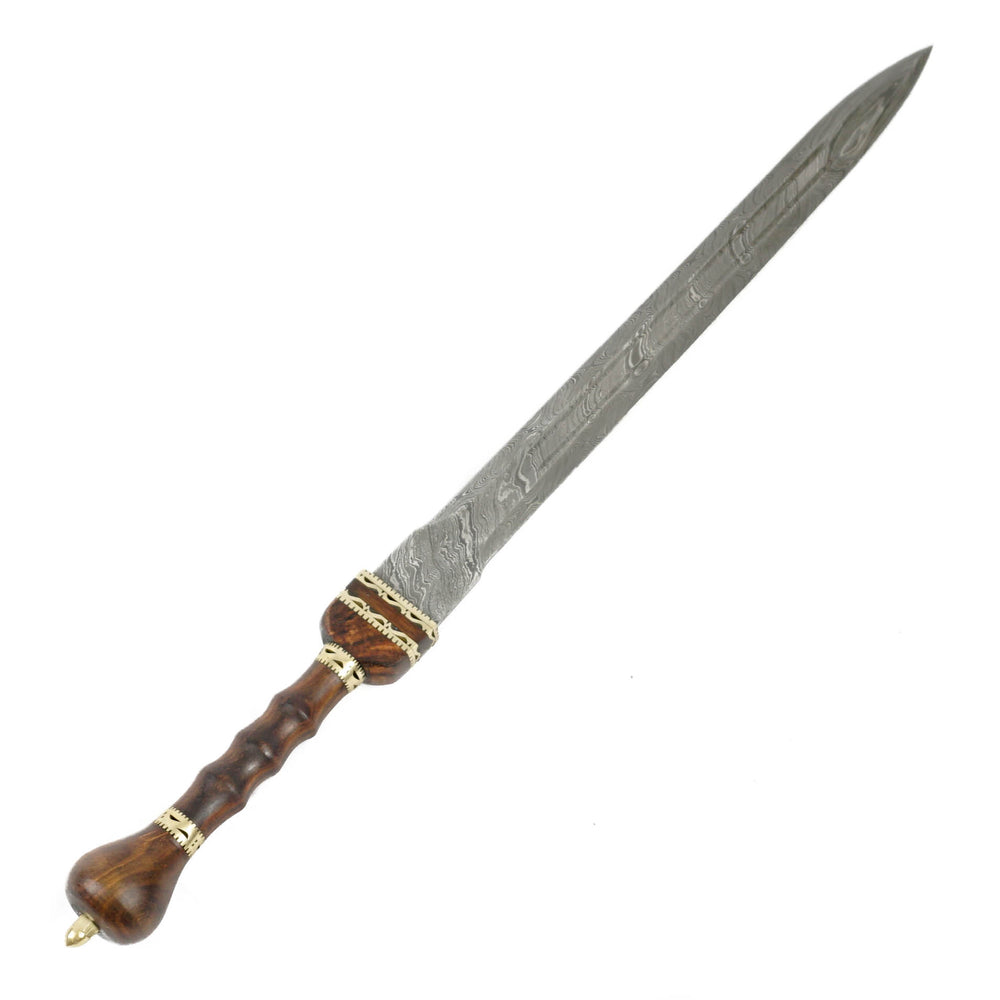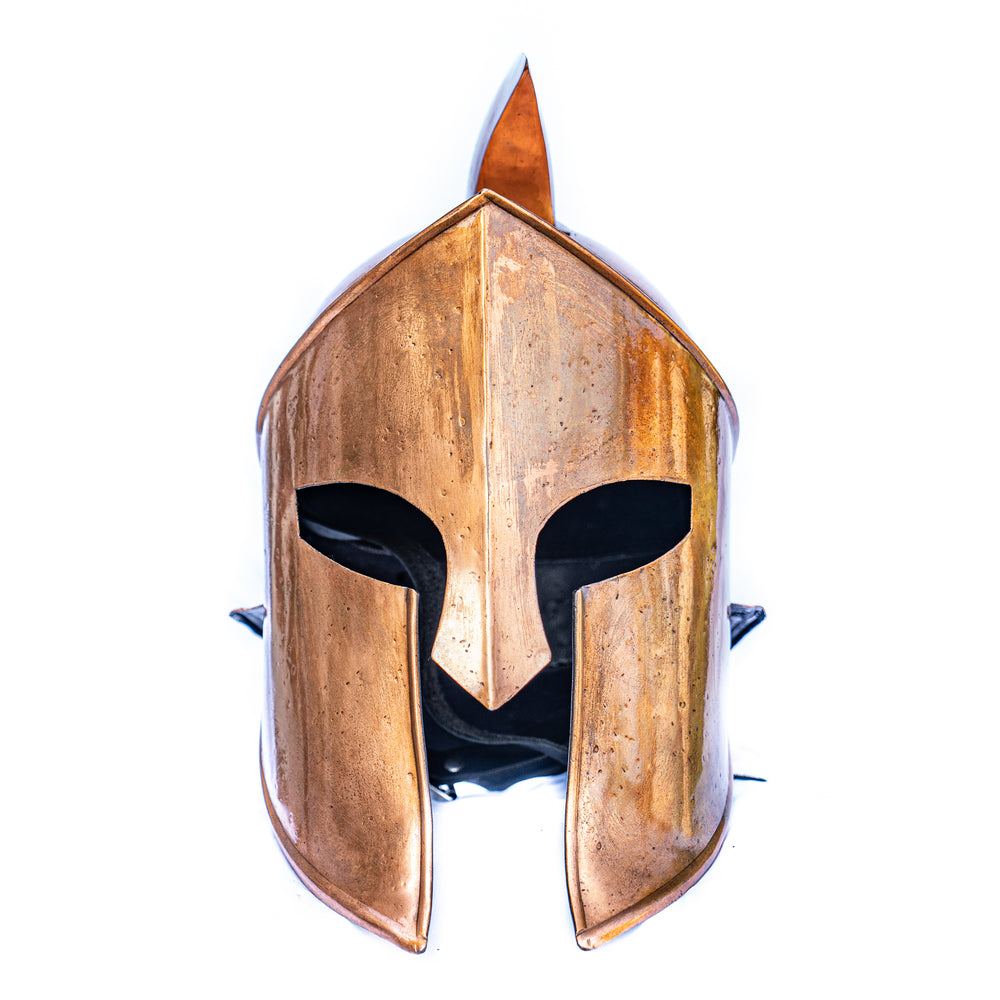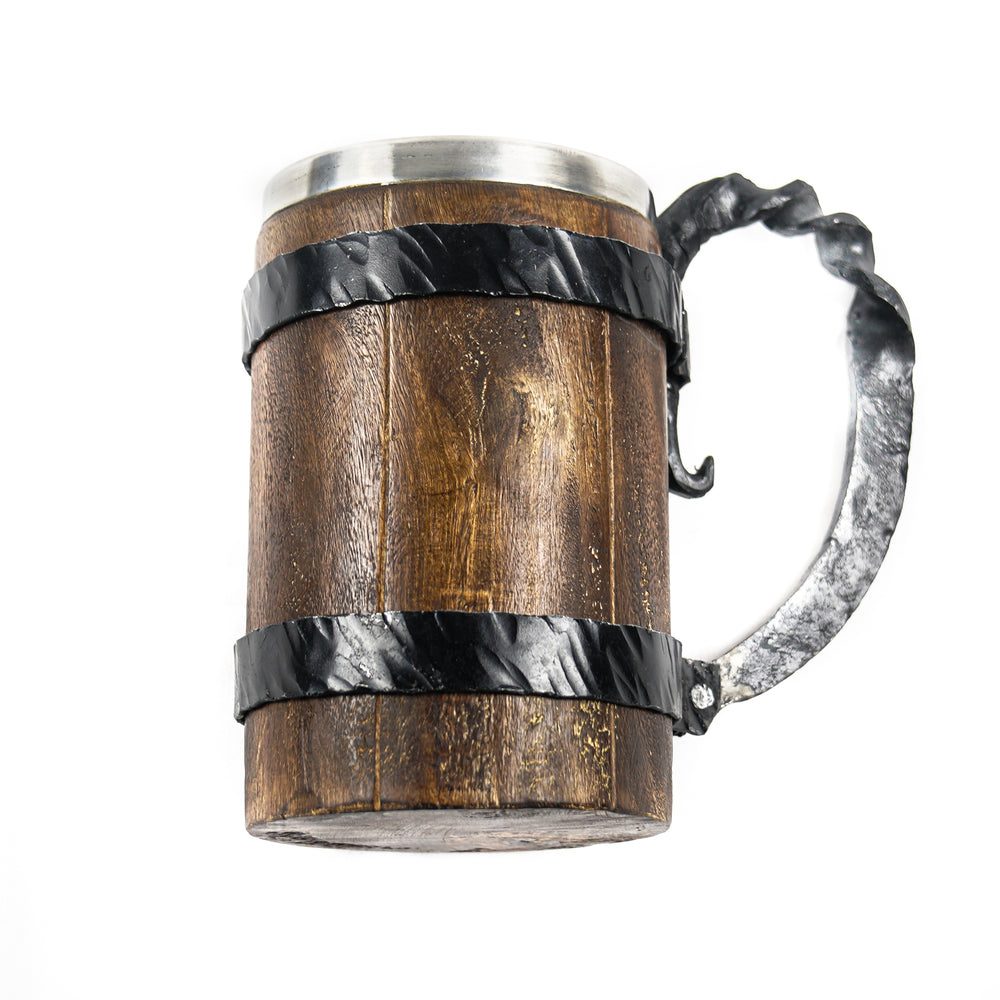Spartan Shield- Greek Shield- Armor- 24" Metal
Enhance your collection with the iconic Spartan Shield, a symbol of valor and the pinnacle of ancient Greek military prowess. Crafted with meticulous attention to historical accuracy, this replica embodies the spirit of the legendary Spartan warriors. The Spartan shield, or as it was known in ancient Greece, played a crucial role in the might of the Spartan army, serving not just as a piece of body armor but as a testament to the warrior's skill and bravery.
Fashioned from durable 20-gauge steel, this shield boasts a commanding presence with a diameter of 24 inches, mirroring the robustness and size of the original shields that once formed the impenetrable Spartan phalanx. At the heart of its design is the lambda (Λ) symbol, painted prominently on its surface. This emblem, representing Lacedaemon, the Spartans' homeland, quickly became synonymous with Spartan valor and the unyielding spirit of its warriors.
More than just a piece of military equipment, the Spartan shield was a cherished heirloom, passed down through generations of military families. It was revered not only for its physical protection but also for its symbolic significance. The ethos of the Spartan society was encapsulated in the principle that a warrior's shield was his most sacred possession. It protected not only the individual but also the entire formation, emphasizing the collective strength and unity of the Spartan army.
The shield's significance extended beyond the battlefield. It was a mark of honor and a symbol of commitment to the Spartan cause. The adage "Son, either with this or on this" reflects the profound societal expectation placed on Spartan warriors—to return home in victory or to be carried home upon their shields in death, but never to abandon their shield and, by extension, their comrades and city.
Owning this Spartan Shield is not just about possessing a piece of history; it's about connecting with the ethos of one of the most formidable military forces in ancient history. Whether displayed as a focal point in your collection, used in historical reenactments, or as a striking decorative piece, this shield is a powerful reminder of the legacy of Spartan bravery, discipline, and sacrifice.

 Fast & Free Shipping
Fast & Free Shipping
 30 day Money Back Guarantee
30 day Money Back Guarantee
 30 day Money Back
30 day Money Back
 Secure Checkout
Secure Checkout

